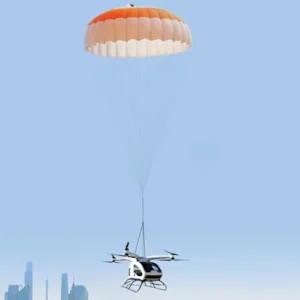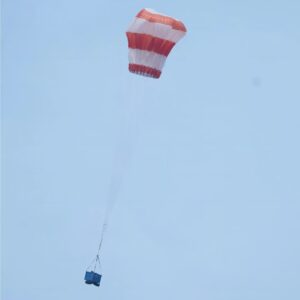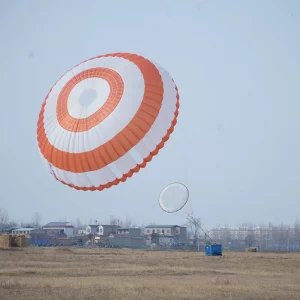The T193 Emergency Recovery Parachute System is tailored to fulfill the safety needs of eVTOLs, low-altitude multirotors, and similar aerial vehicles. This state-of-the-art system employs a gas-ejection mechanism for parachute deployment, providing rapid and dependable activation in critical situations. It offers multiple activation modes, including manual operation, flight control system-triggered deployment, and autonomous activation for enhanced operational flexibility.
| Model | T193-1000 |
| Maximum Total Weight | 1000kg |
| Maximum Deployment Speed: | 110 km/h |
| Container Dimensions (mm) | Φ306*797 |
| Total System Weight | 23.1kg |
| Deployment Time (under Hovering Conditions) | 4s |
| Minimum Deployment Altitude (under Hovering Conditions) | 90m |
| Minimum Deployment Altitude (under Hovering Conditions) | 6g |
| Maximum Descent Speed (at 1500 m ASL, Standard Temperature) | ≤7.5m/s (equivalent to a fall from a height of 2.9 meters |
| Parachute Area | 206㎡ |
| Packing Cycle | 6Years |
| Activation Method | Manual Activation Flight Control Activation Autonomous Activation |
| ECU Communication Protocol | CAN \ PWM \ RS-232 |
| ECU Power Input | 12-36v |
| Operating Temperature Range | – 40°C – +60°C |
| Maintenance Interval | 6Years |
| System Service Life | 12 Years |




Contact Us
Copyright © 2021. All rights reserved. Cookie Policy | Privacy Policy
WhatsApp us